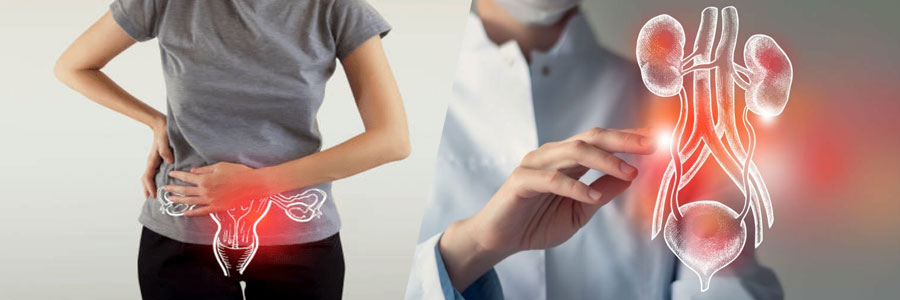
Female urology is a specialized field within urology that focuses on the diagnosis and treatment of urinary tract disorders unique to women. These conditions may affect the kidneys, ureters, bladder, urethra, and pelvic floor muscles.
Here are some key aspects of female urology:
Urinary Incontinence:
Pelvic Organ Prolapse (POP):
Recurrent Urinary Tract Infections (UTIs):
Overactive Bladder (OAB):
Interstitial Cystitis/Bladder Pain Syndrome (IC/BPS):
© Copyright 2024 | Dr. Tarun Rochlani